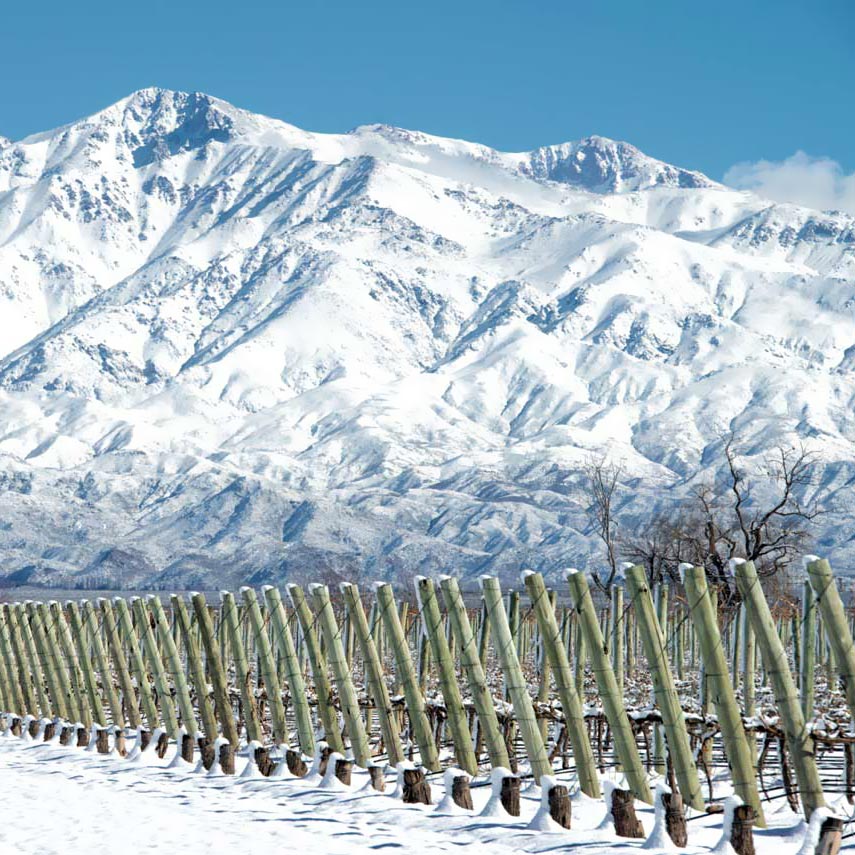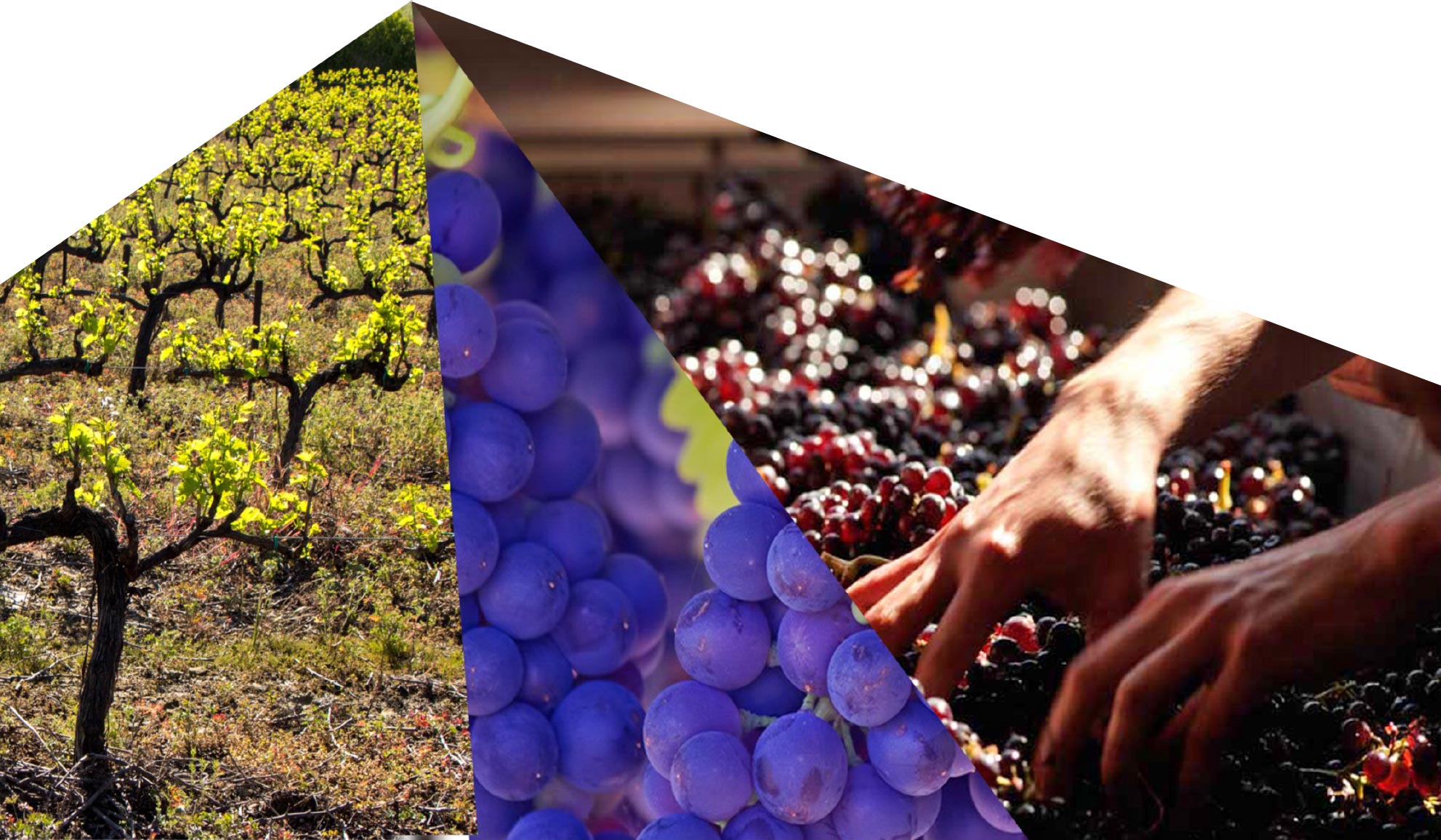Unique geography

Many of Argentina and Chile's wine regions are seated along the base of the Andes Mountains. With one of the widest diurnal temperature variations in the world, summers can hit as high as 104ºF and nights cooling off to 50ºF. The climate relies on the pollution-free water from the melted glaciers in the Andes in order to naturally irrigate each vineyard.











